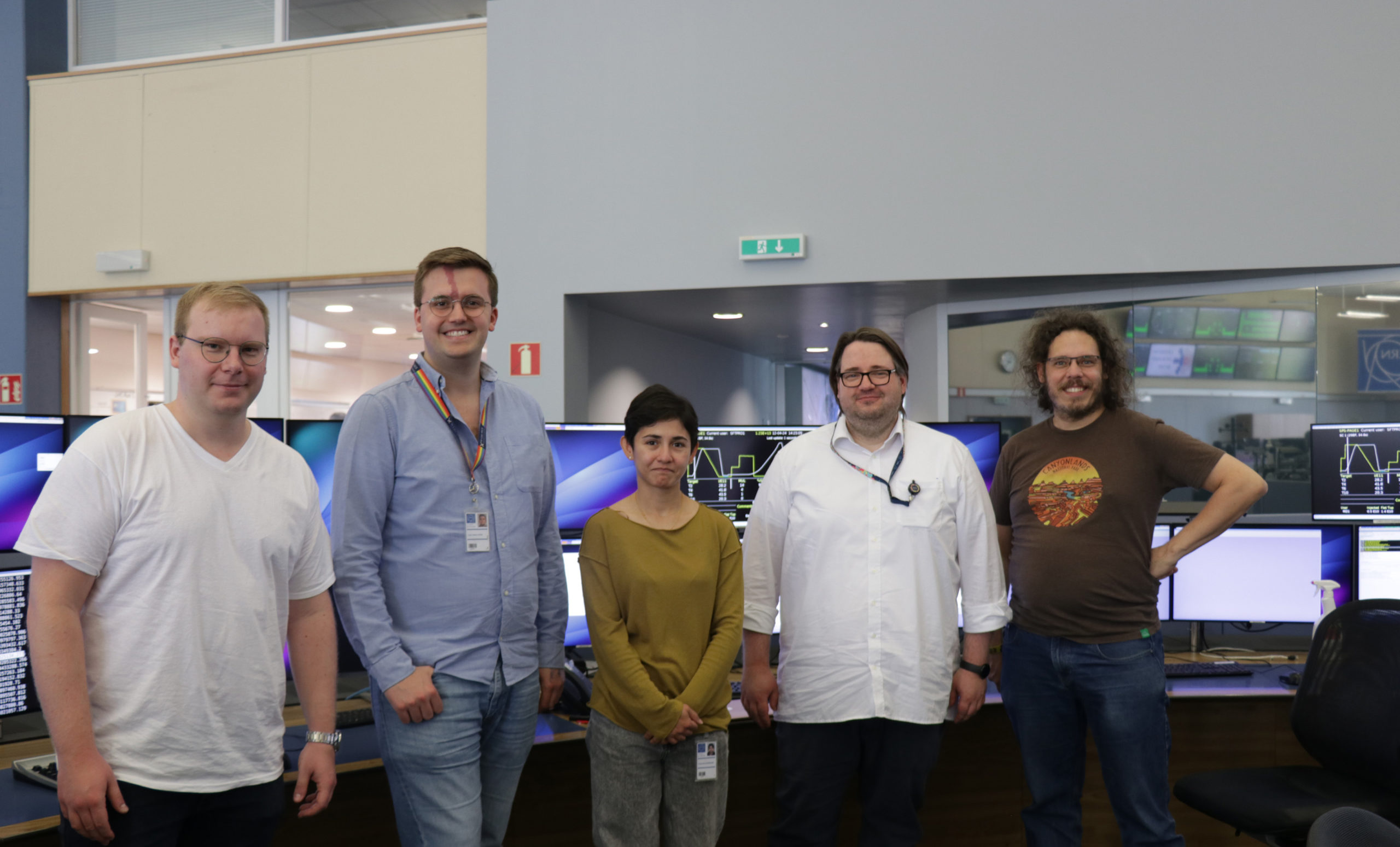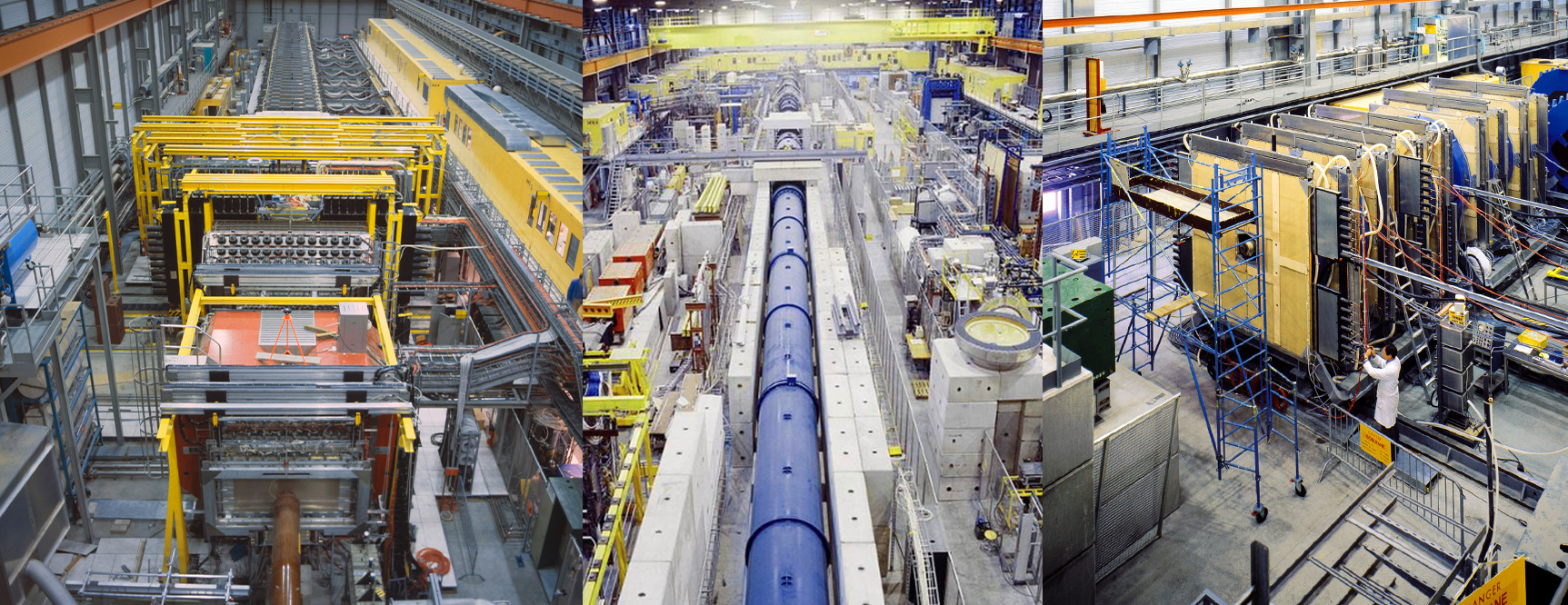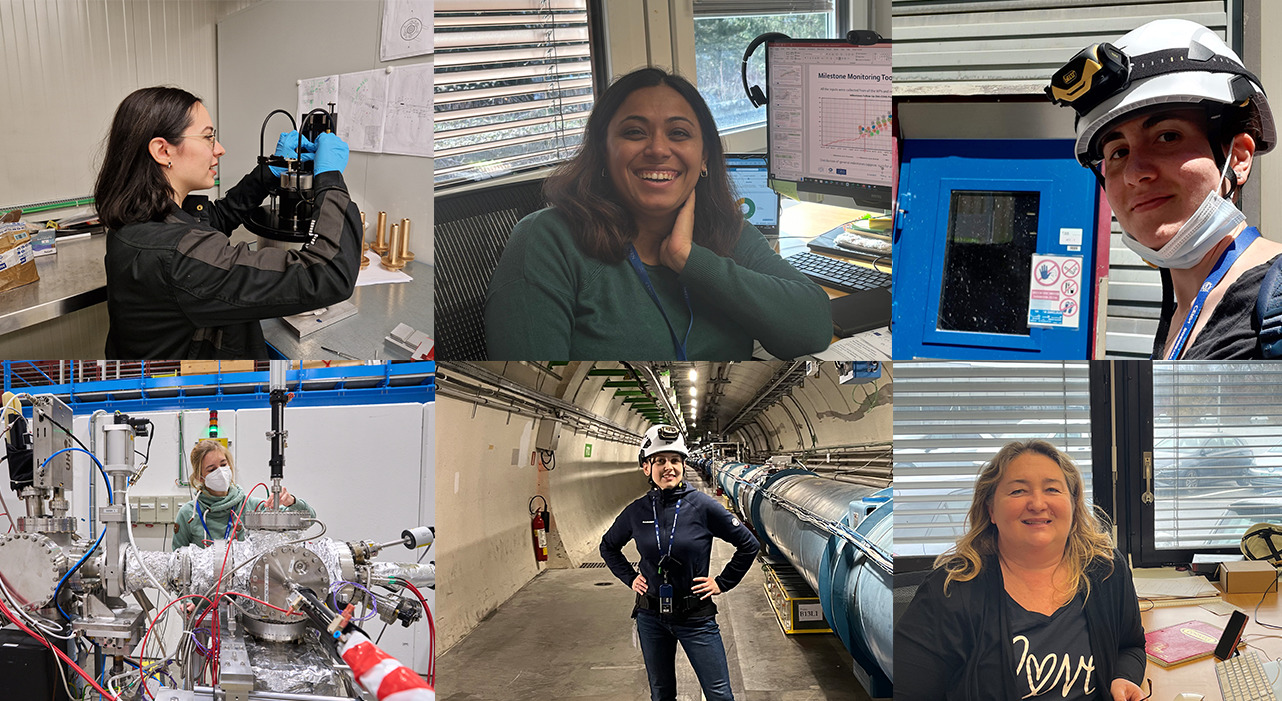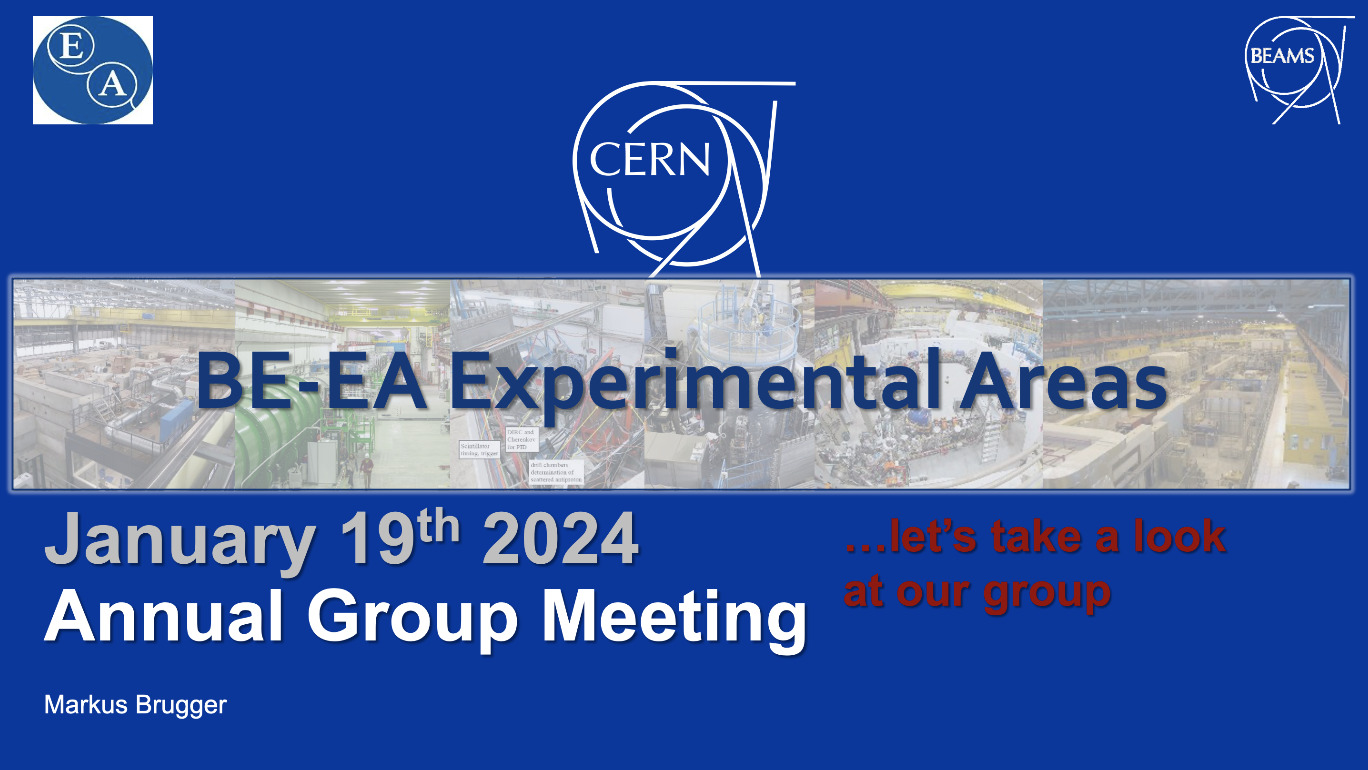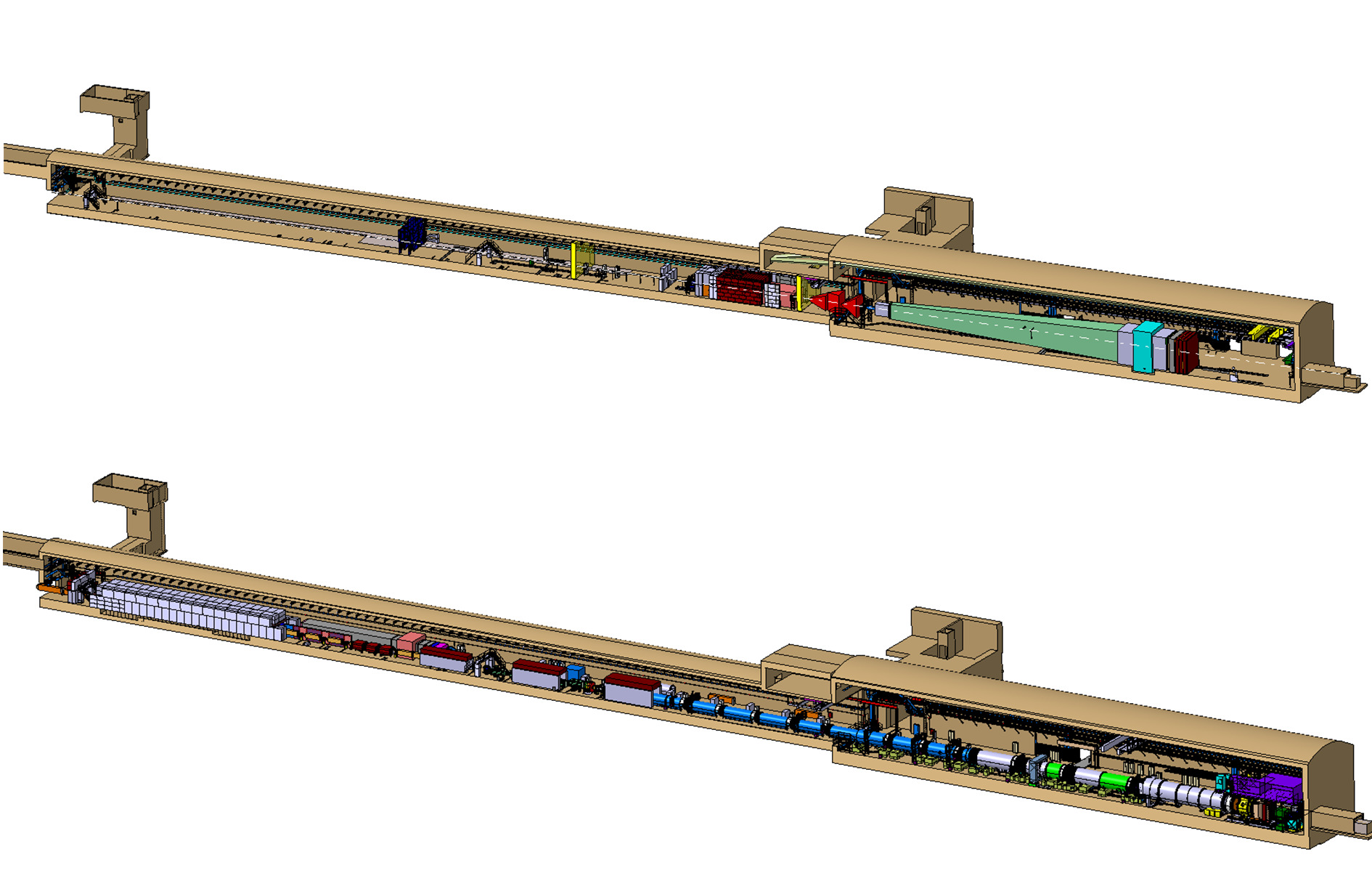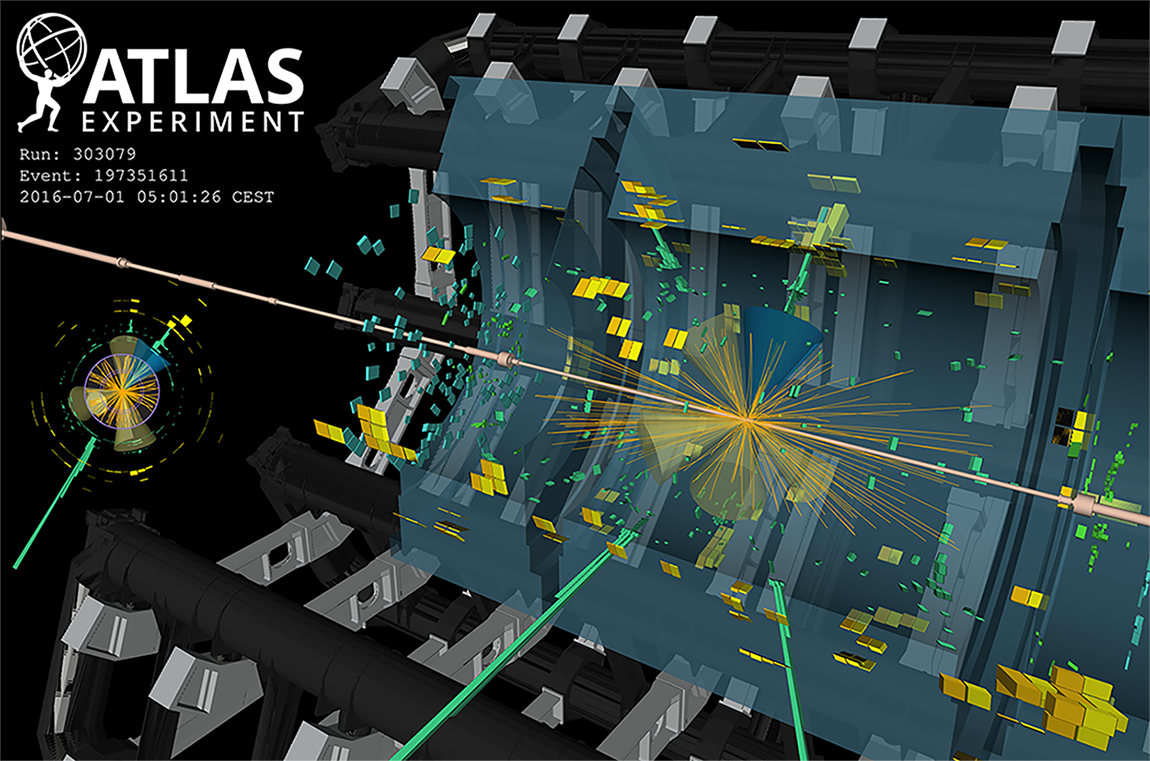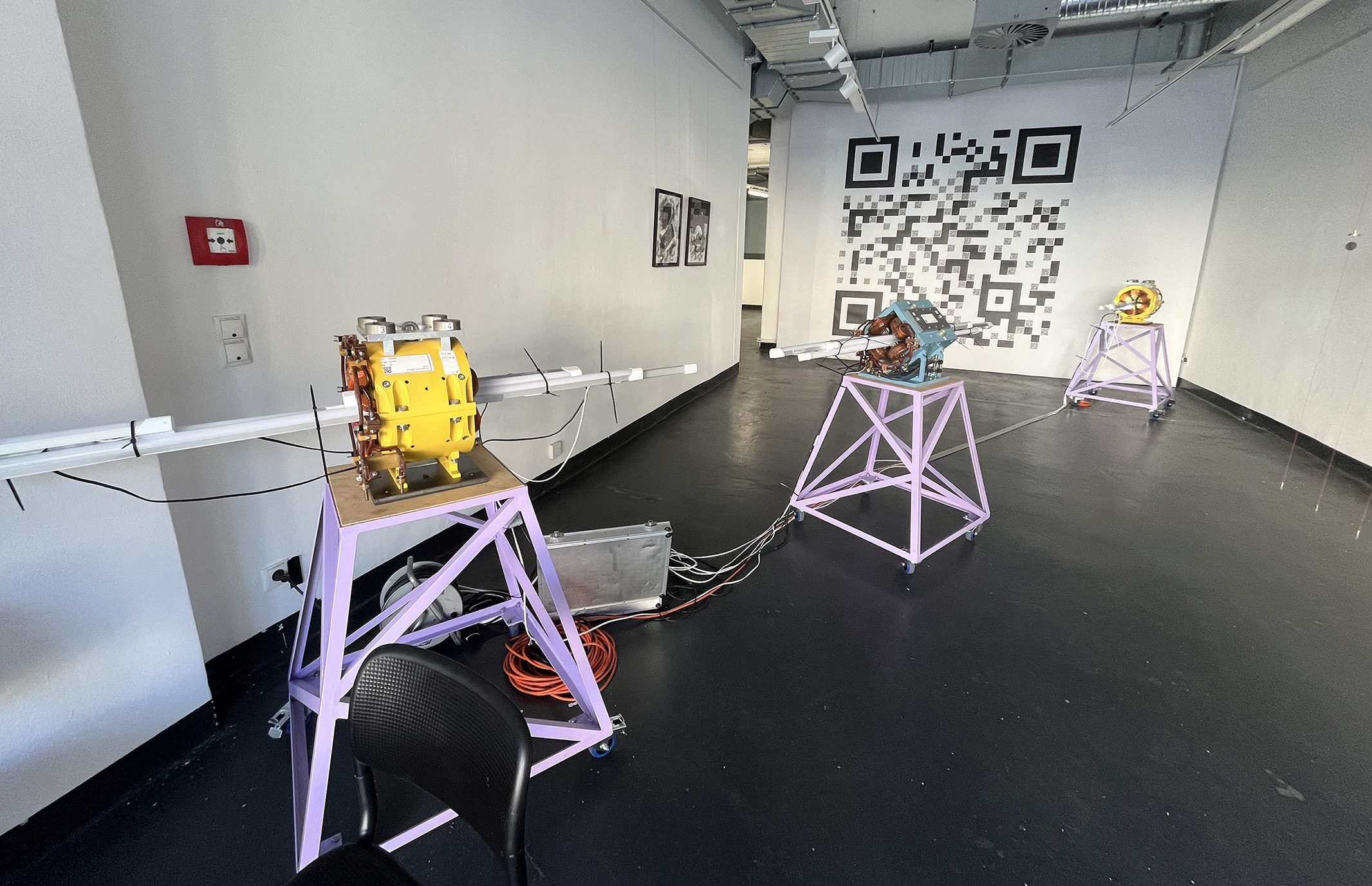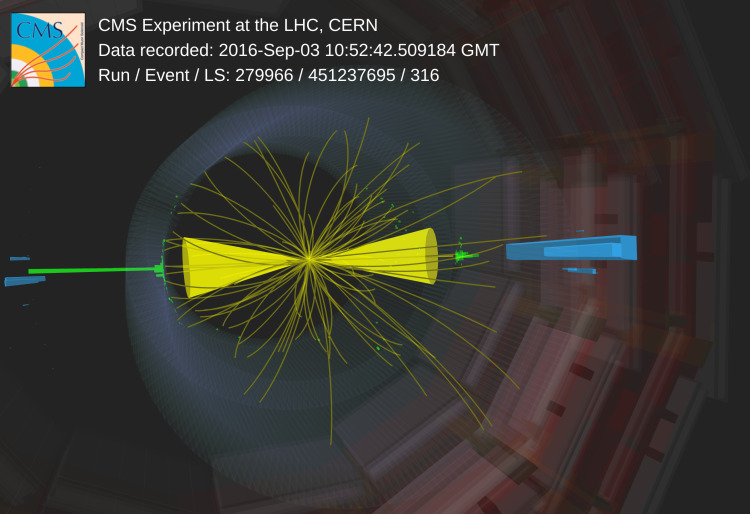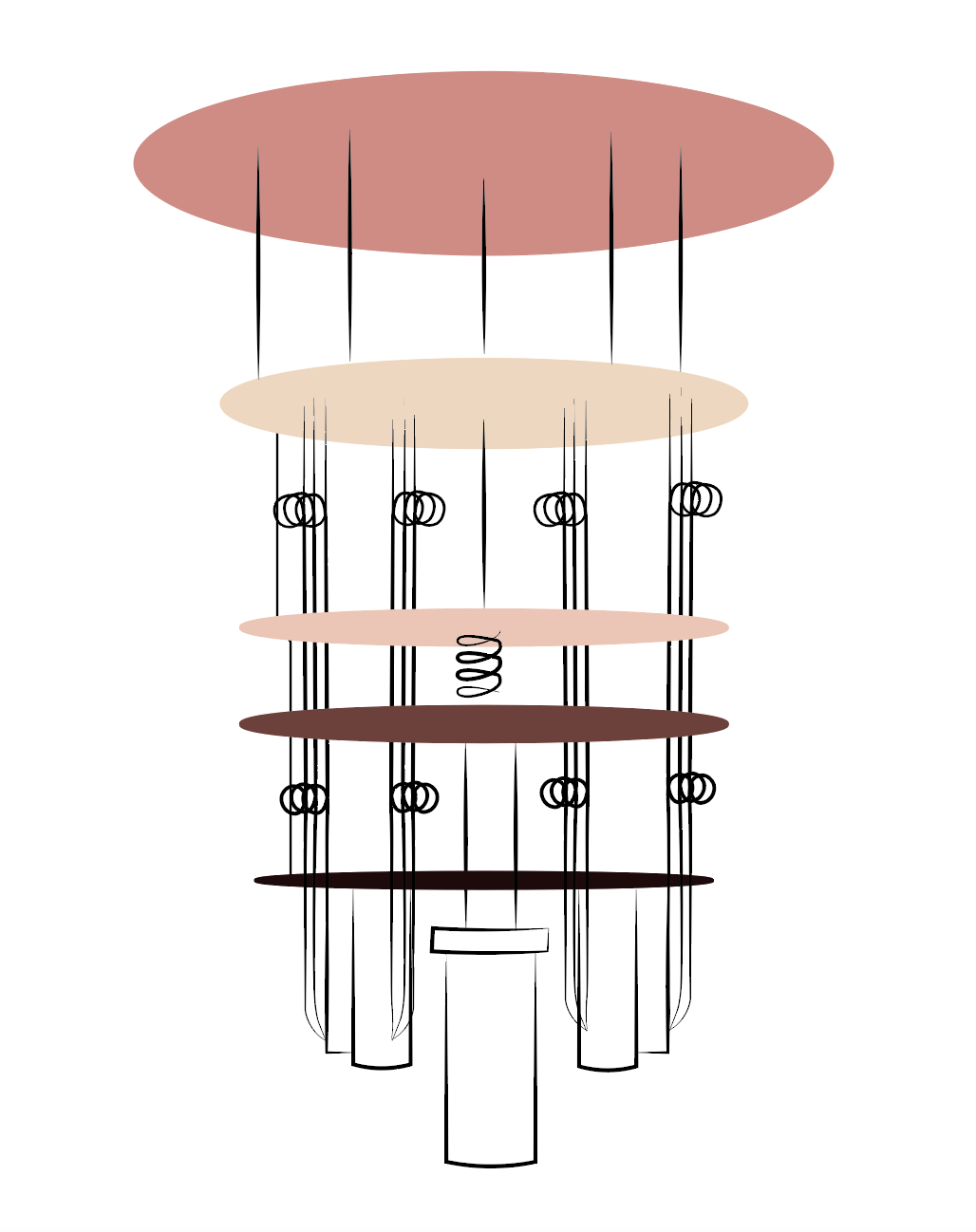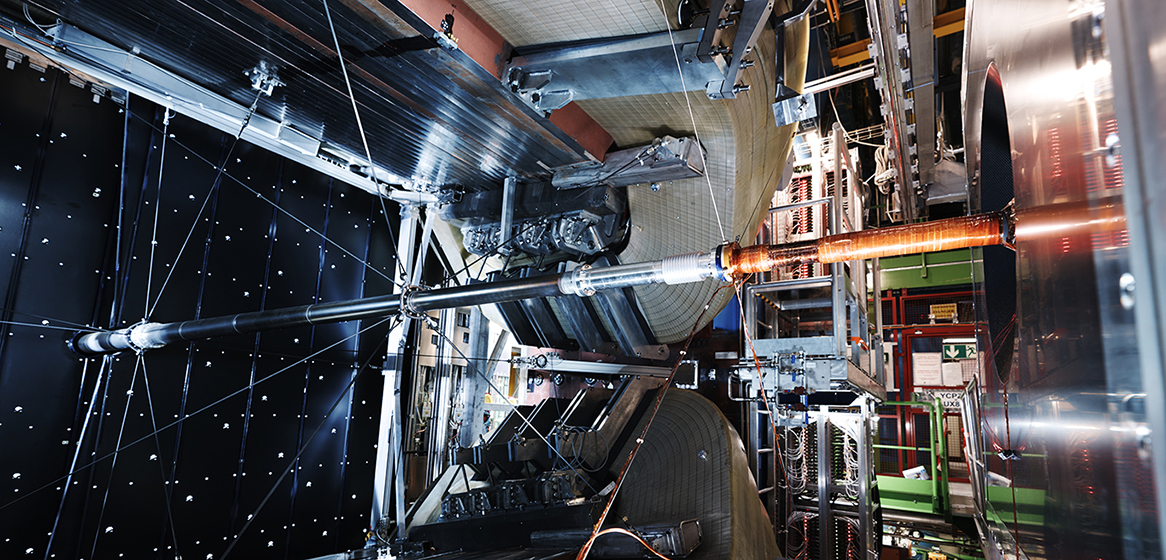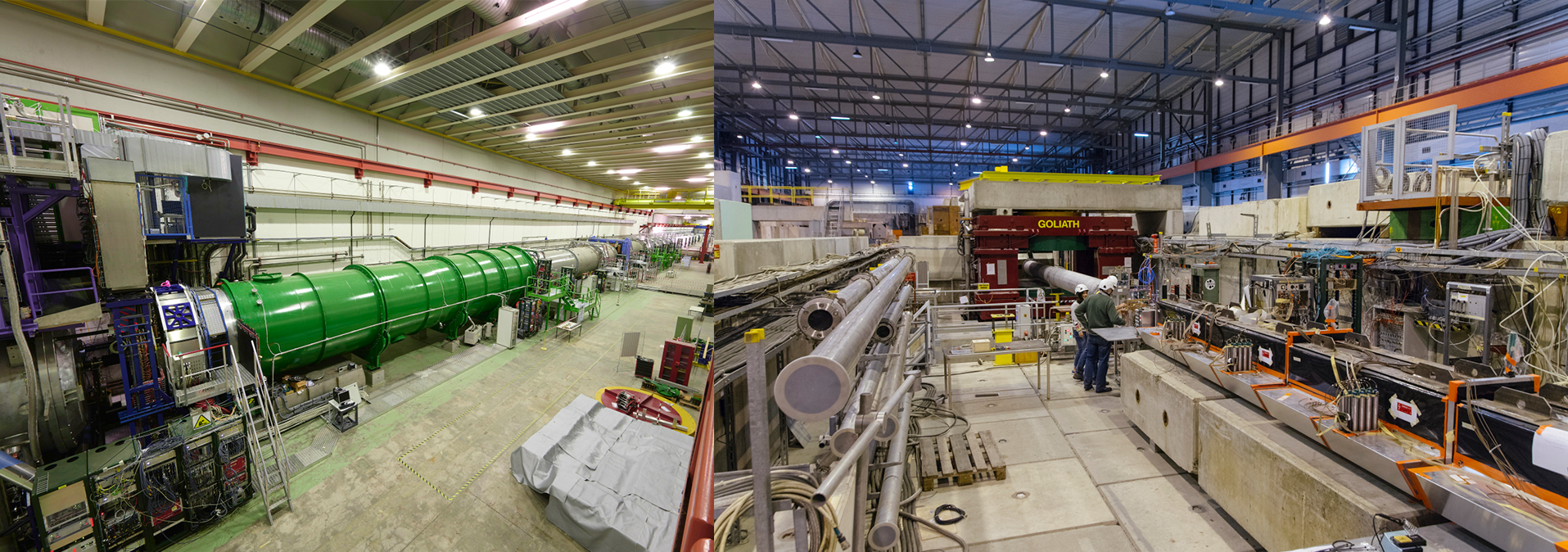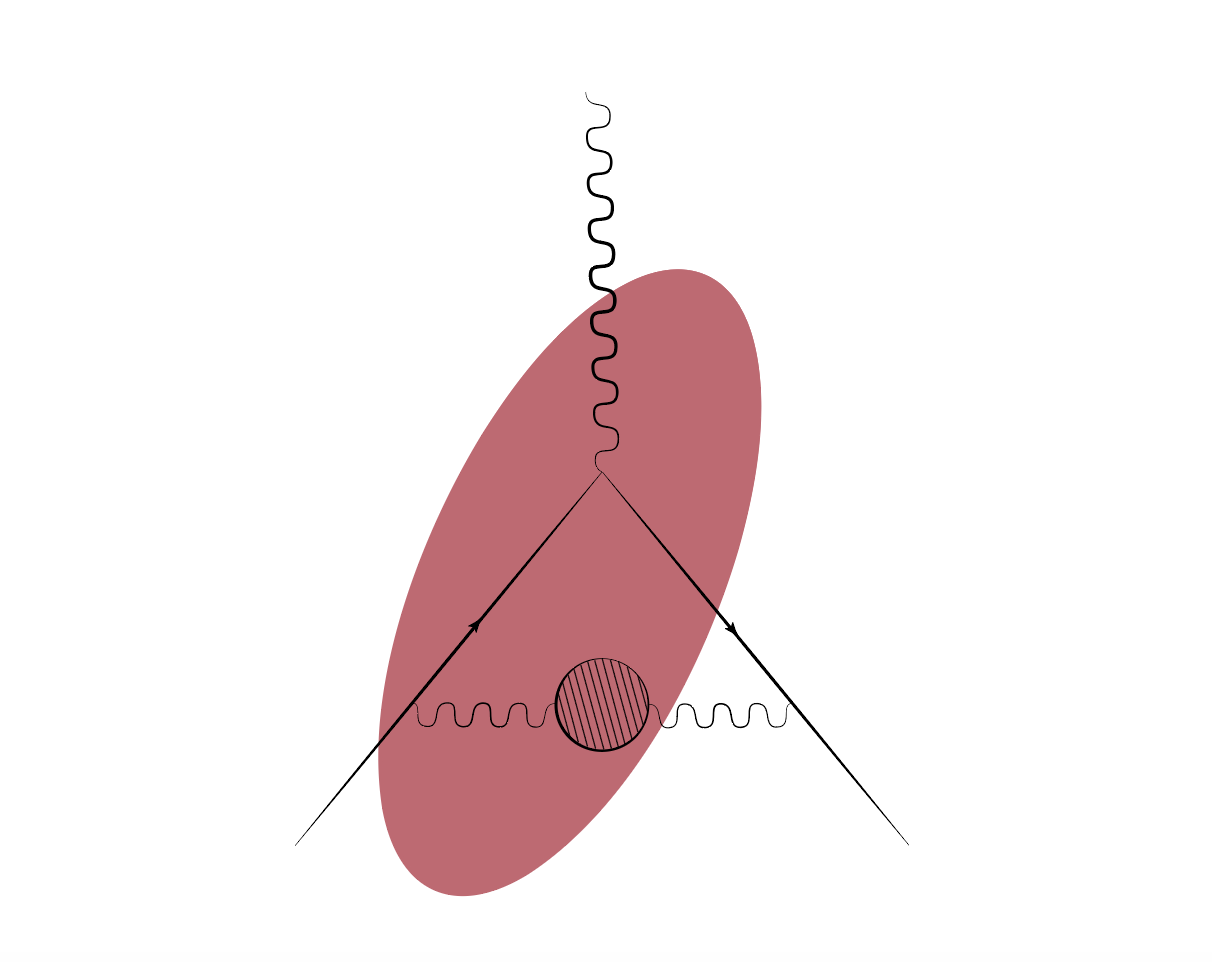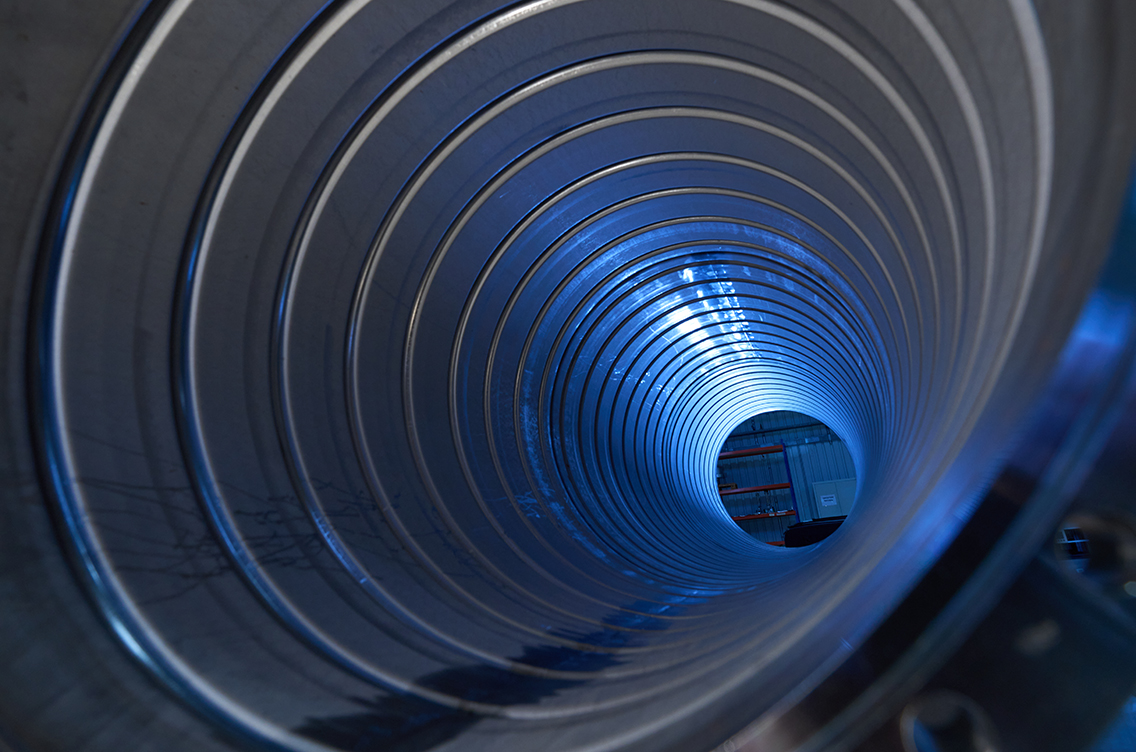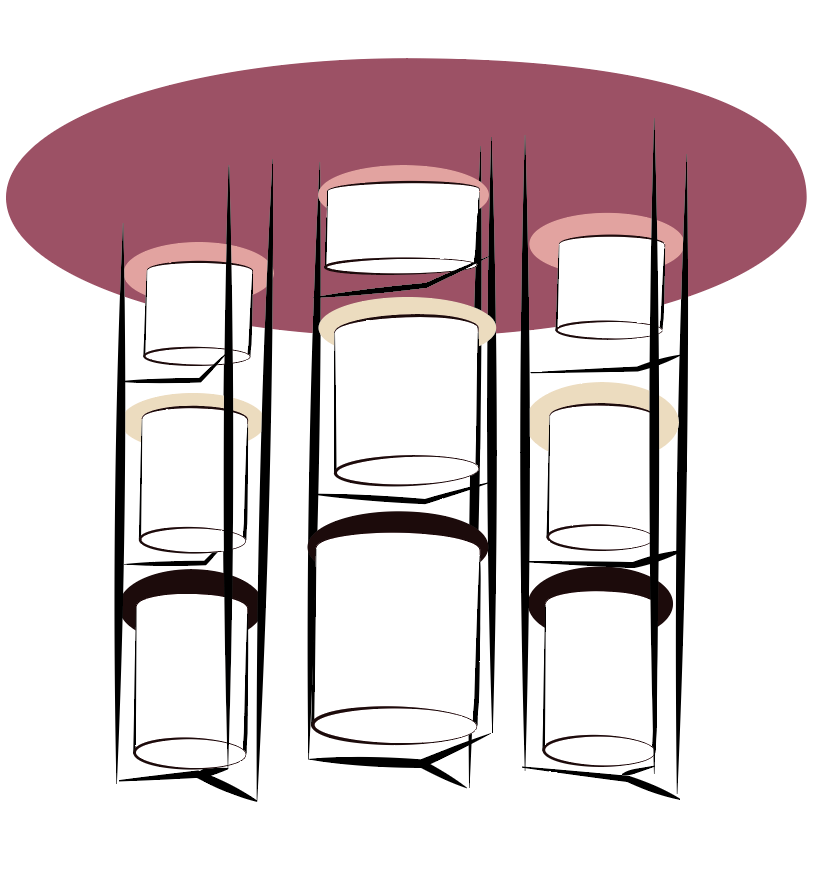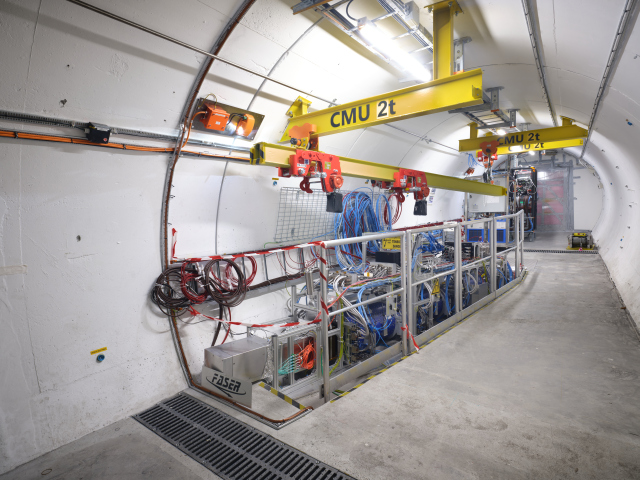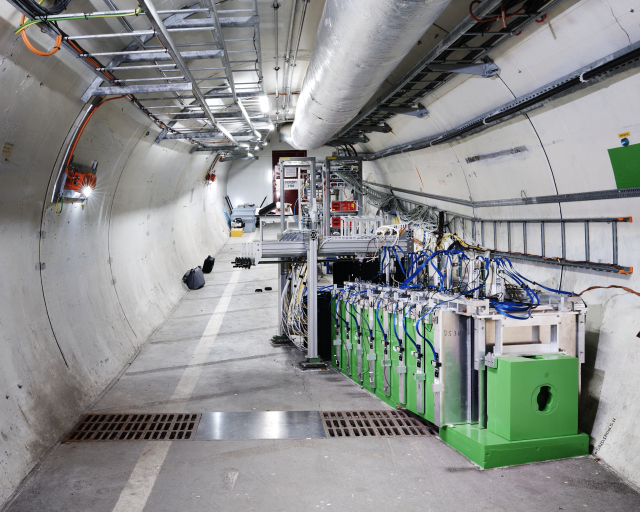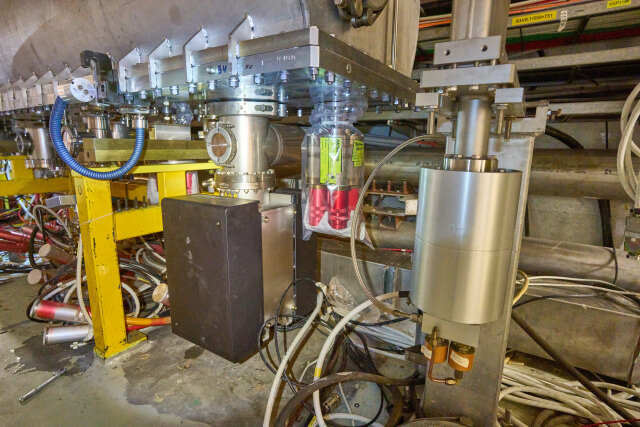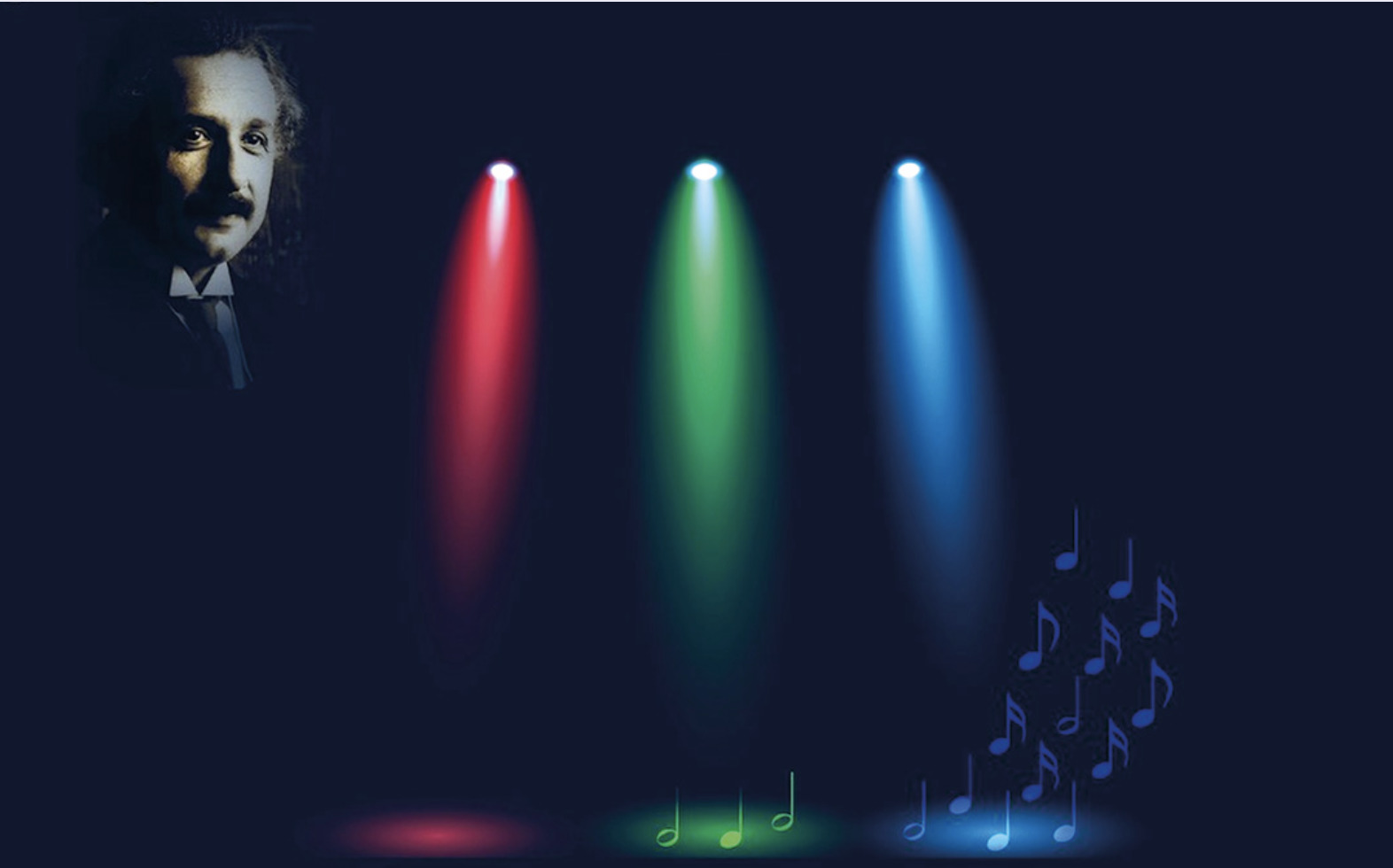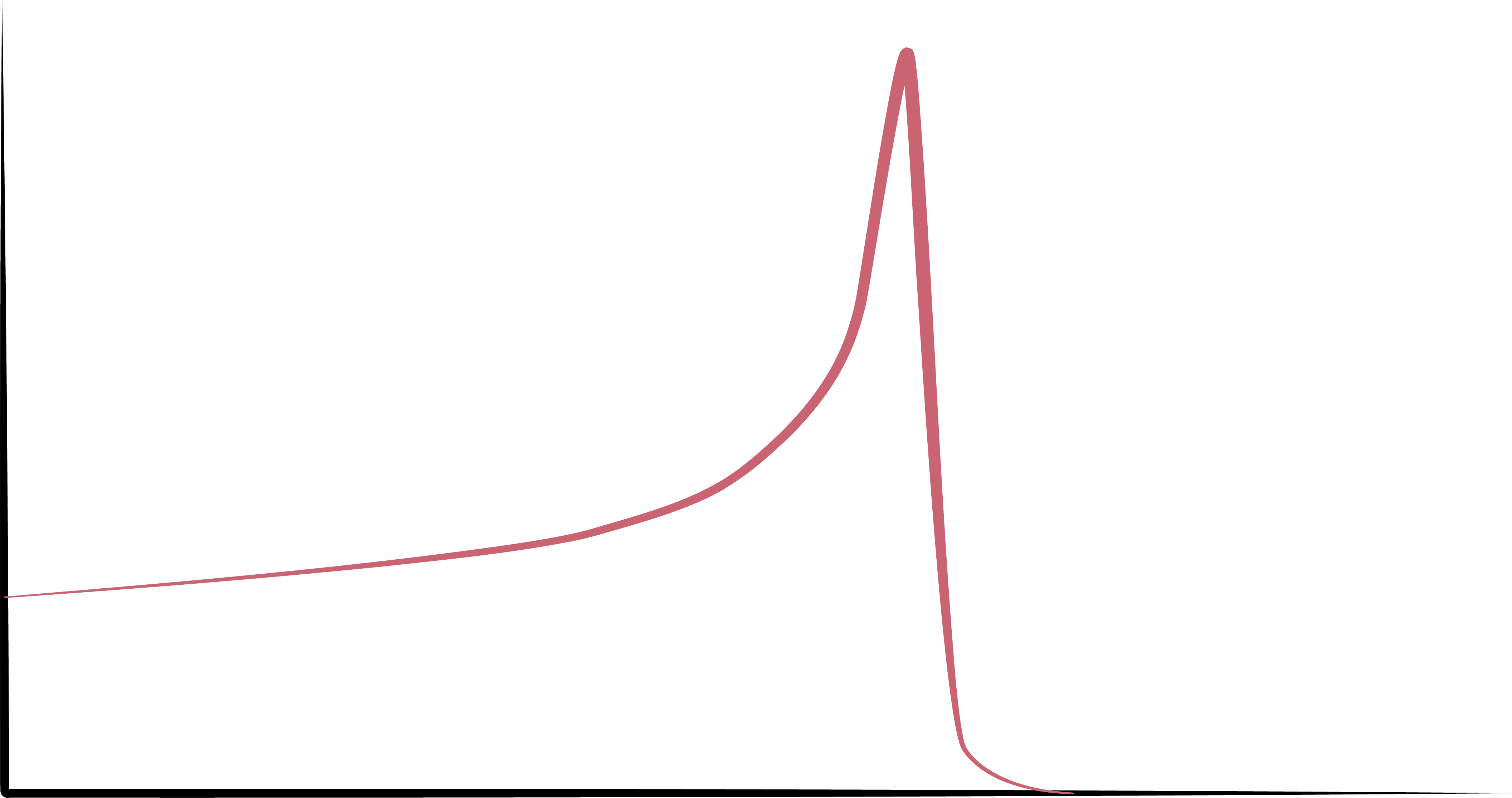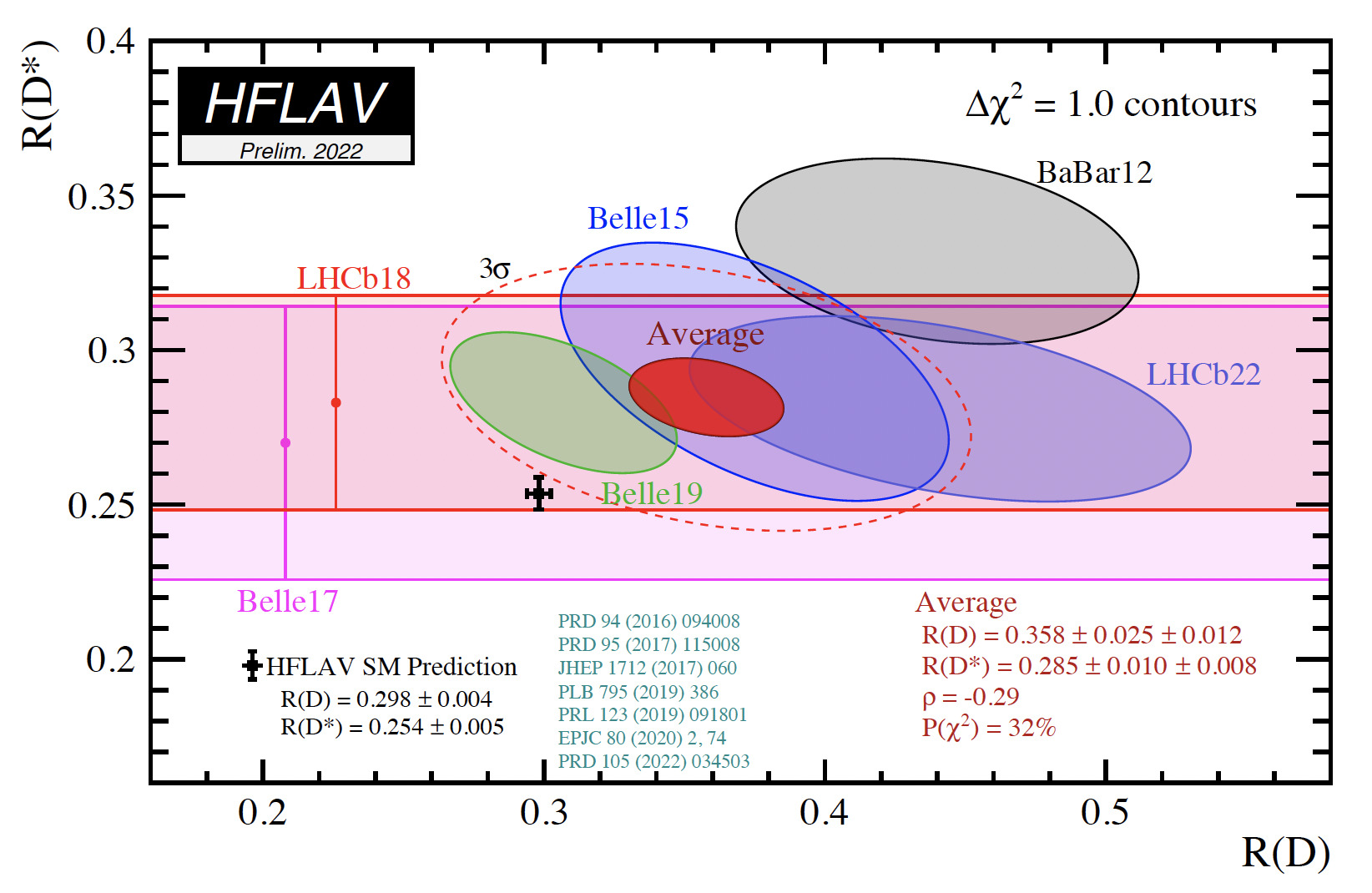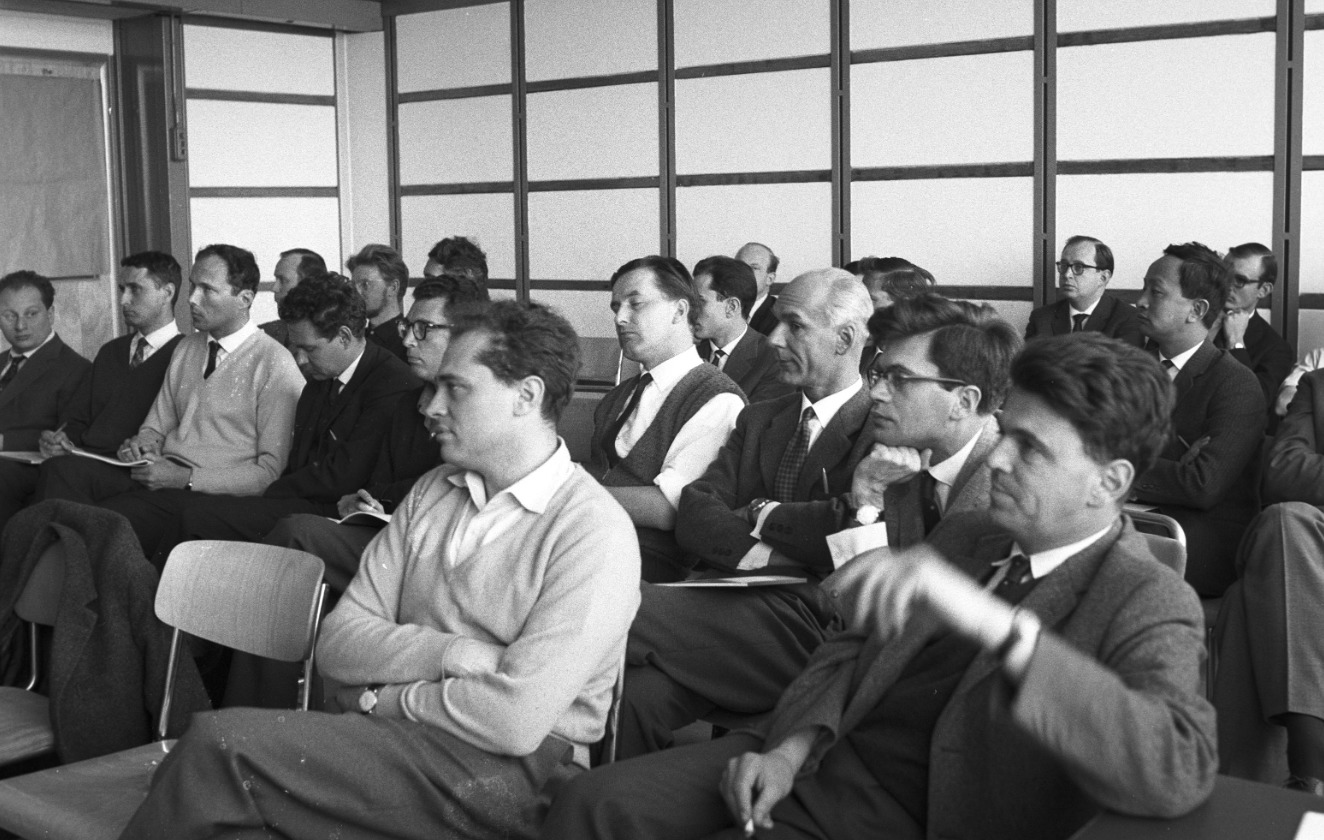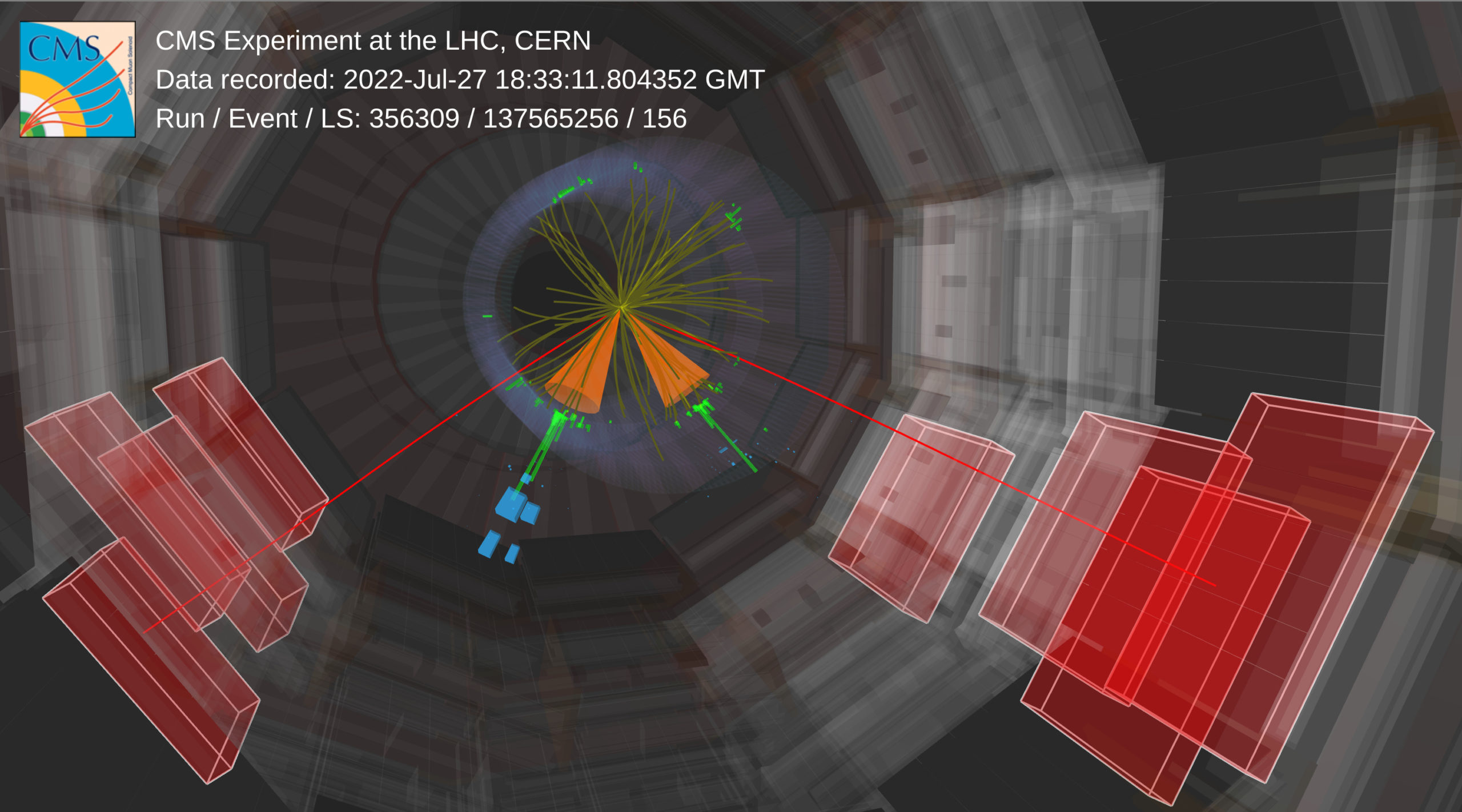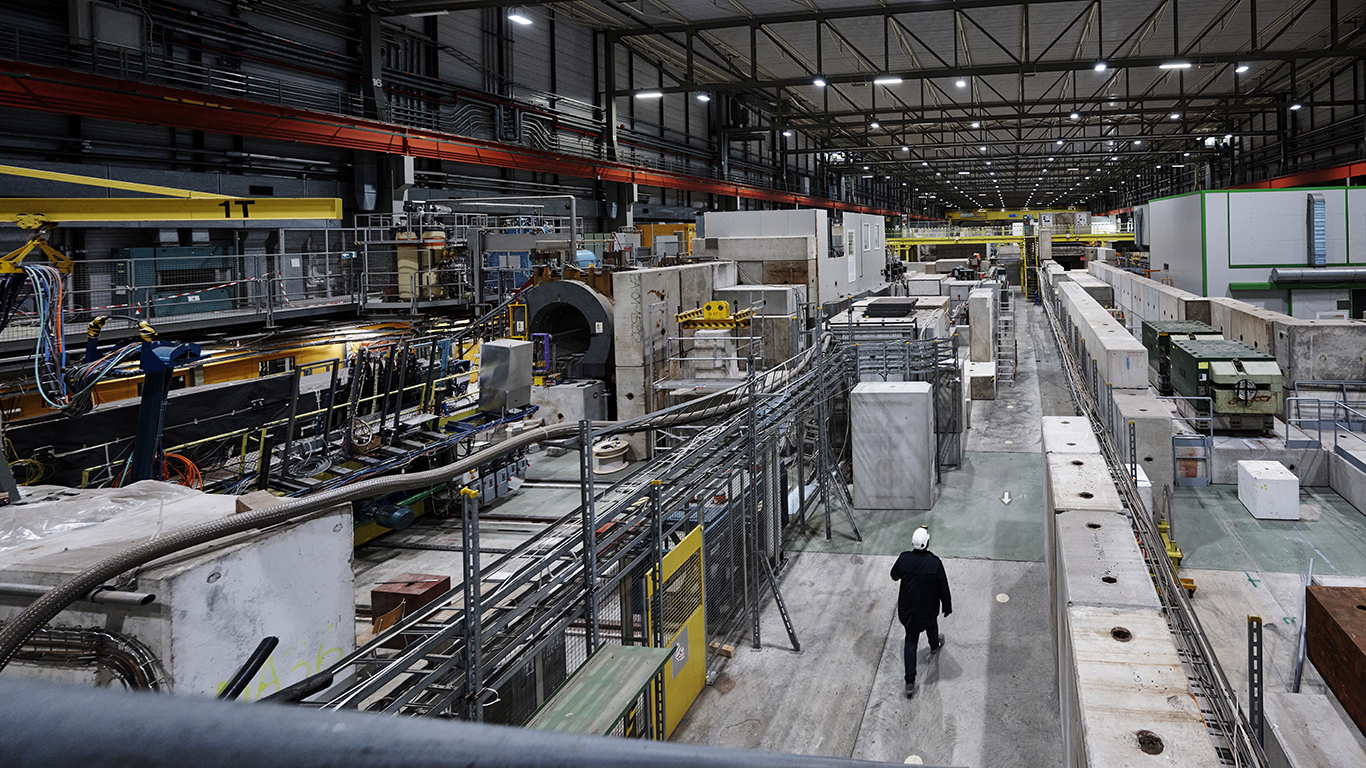Writing
Science writing is about giving things a voice, which cannot speak for themselves, no matter if these things are the building blocks of our universe, phenomena which we describe or experiments that try to uncover yet unknown particles and mechanisms. The art – and the challenge – is to distill the essence and explain this in easy words. The joy for the writer is to expand the own horizons and to question the own understanding until all questions are answered.
With the North Area beamlines being ready, the physics start on 10 April marks the beginning of what promises to be an exciting season filled with physics. Read more here or click on the image.
Springtime is not only nature’s awakening from hibernation during winter, but also the one of CERN’s accelerator chain. Traditionally, the East Area starts with the physics programme, as it is connected to CERN’s smallest accelerator, the Proton Synchrotron. Read more here about the projects.
A centenary of a person does not happen very often. On 28 February, it happened to CERN’s former Director General Herwig Schopper. “Giants from CERN’s North Area” highlights the discoveries that happened during his leadership – and some of them leave physicists still puzzled. Interested in what these are? Read more here or click on the image.
The article has been featured in CERN’s Social Media “Throwback Thursday” campaign.
“No better time than now” celebrates the women working in the BE-EA group on the occasion of the International day for women working in STEM (Science, Technology, Engineering, Mathematics) fields, their joy and shows once more the diversity of the BE-EA group. Click on the title or on the image if this sparked your curiosity.
My first article in my new role as Communications Officer for everything that happens at the Super Proton Synchrotron (SPS), CERN’s second-largest accelerator. It was amazing to discover how diverse the group is and how essential their work is in running the experiments. It appeared on the “News” page of our group, which I created to promote their work.
Two proposals that have been perfected within the Physics Beyond Colliders Initiative want to exploit the full intensity of the SPS beam. Therefore, the ECN3 underground cavern needs to be adapted to these high intensities and a technical design study has been launched in June 2023. Read more here by clicking on the image or in the November/December 2023 issue of the CERN Courier.
The article “Making the leap from the impossible to the possible“, which appeared on home.cern, talks about the precision calculations that are needed to determine if the slightest deviation from the data could be a hint for new physics and serve as an input for MonteCarlo simulations. The complexity of these calculations increases with the available amount of data and the collider. Read more here or click on the image if you are interested.
The high-energy physics conference of the European Physical Society held in Hamburg in August was among the highlights of 2023’s summer conferences. Many results have been presented that I wrote about and the atmosphere was relaxed. This article appeared in the November/December 2023 issue of the Cern Courier. The image shows an installation of an exhibition, which coincided with the conference. I am not responsible for the content linked in the QR code.
Did you know that fault tracking in the CERN accelerator chain has somethig to do with stroke prevention and the risk assessment of getting another strike? Read more here or click on the image !
This home.cern article called “From partons to hadrons” dives into the strange world of the strong interaction, described by the theoretical framework of QCD. It is still stunning that researchers slowly understand at which energies quarks form particles such as protons and neutrons. The CMS collaboration has found a novel technique to probe exactly this transition.
Around 40 people from the high-energy physics community and industry teamed up and published a white paper with applications of quantum computing in high-energy physics. Read more in this article that appeared in the CERN Courier September/October 2023 issue or click on the image.
The LHCb experiment detected the rare hypernuclei hypertriton and antihypertriton. By doing so, they surpassed their design goals as this finding was not expected. Read more about the details here in my article for home.cern or click on the image.
This is a small home.cern article about the NA62 and NA64 experiments that presented their latest results on dark-matter searches. The NA62 experiment searched for a rare decay and ruled out an anomaly, the NA64 experiment cut deep into the parameter space of dark-matter models.
“New Muon g-2 result bolsters previous measurement“. The muon g-2 collaboration released its long awaited update. Usually, theory is more precise but in this rare case, the theory predictions diverge from each other, but the experimental measurement is in line with previous ones. The article appeared on cerncourier.com and will be published in the November/December 2023 issue.
The feature “Event displays in motion” that I wrote celebrates the history of event displays and looks ahead. Their role changed a lot during the last century. First used as observation of particle tracks, then as a help for physics analyses and now even in outreach.
Read more here or click on the image.
The article “Proton structure contains three different regions” in our July/August 2023 issue highlights findings from a group at Jefferson Lab. It is still a puzzle how the proton is so heavy and why it is so large as it only contains the lightest quarks. Strangely, the researchers found that the massless gluons make up the most part of its inner core. If you are intrigued, read here more. The picture below describes the process that the researchers used to determine its structure.
The stars in my article
“Connection the small and the large scales“
that appeared on home.cern in June 2023 are gravitational waves and the prototype of a vacuum beampipe for the Einstein telescope – a next-generation gravitational-wave detector – shown in the picture on the left. The Einstein Telescope collaboration contacted CERN due to its world-leading expertise in vacuum technologies to design the ultra pure vacuum system that is needed to detect gravitational waves. These give is hints about what has happened billions of years go. Hence, this tube on the left connects the scales of subatomic particles with the universe.
Read more here or click on the image.
Several experiments want to determine the neutrino’s nature; more precisely, whether it is its own anti-particle or not. Knowing this would solve one of the open quests that the Standard Model of particle physics has left for us. These experiments that I write about in the article “Majorana neutrinos remain at large” search in neutrinoless double-beat decays for it. To read more, please click on the image or on the title of the article. You can also read it in the
CERN Courier May/June 2023 issue.
The first collider neutrinos have been detected at the LHC, which broadens the energy range to study them. The FASER experiment (left) observed them, whereas SND (right) found evidence. This article appeared on home.cern in March 2023.
I wrote “Radiotherapy debut for proton linac” and “Fighting cancer with LIGHT” for the CERN Courier and home.cern, respectively. The articles cover the same content – a modular proton linac that can be used to destroy tumours – but written for different audiences.
For the first time, the ratio of two processes that could potentially reveal physics beyond the Standard Model, was measured by the LHCb collaboration at a hadron collider. The article “LHCb tests lepton-flavour universality in b to c transitions” covered the presentation of the results.
As the tenth anniversary of the Higgs-boson discovery approached at CERN, Matthew and I were wondering when the Higgs boson was first mentioned in the Courier and how it appeared in the magazine throughout the following decades. Reade here more or click on the link.
“Science diversity at the intensity and precision frontiers” is among my favourites. These are all experiments outside the LHC, CERN’s flagship collider. The non-LHC experiments are the classic underdogs – if new physics is found there, this will have a ground-breaking impact, which goes far beyond the Higgs-boson discovery. These experiments are not run by huge collaborations, but in many cases by only a few people. This article appeared in the CERN Courier May/June 2022 issue.
